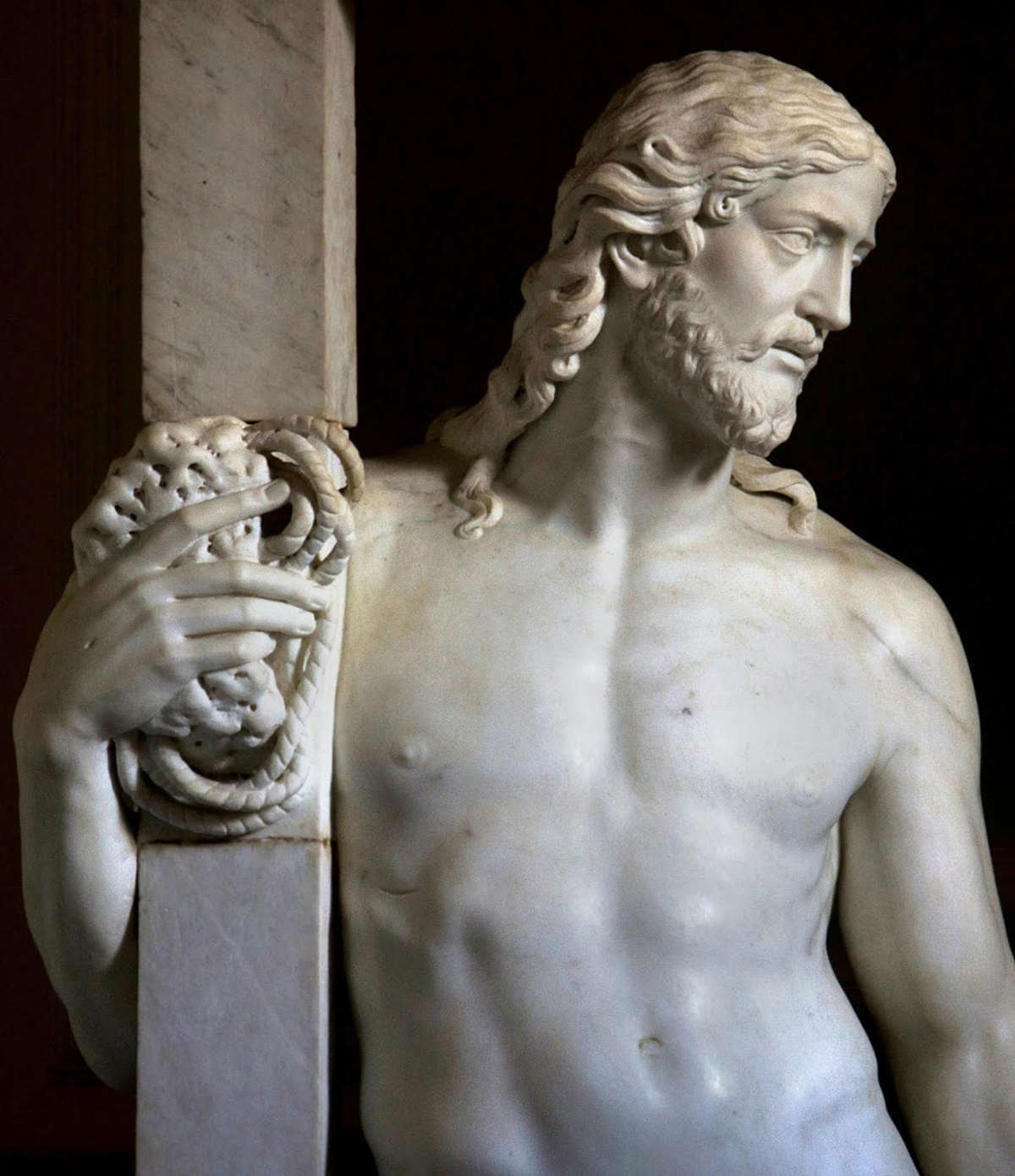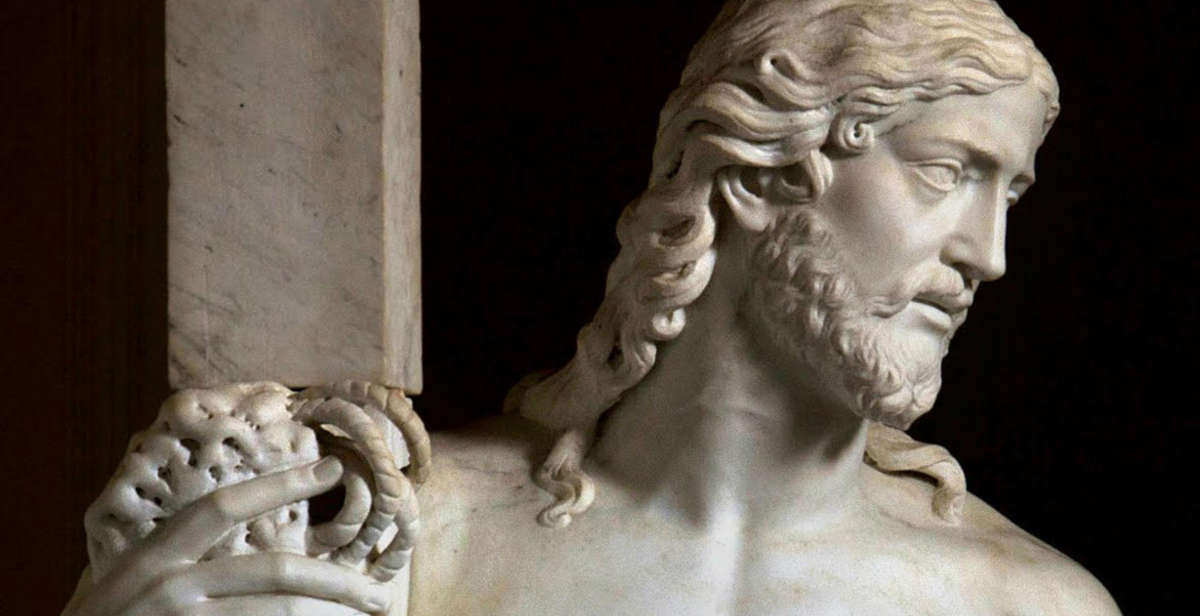Michangelo Buonarroti ’s Christ Carrying the Cross preserved in the Monastery of San Vincenzo in Bassano Romano, also known as the Giustiniani Christ or the First Christ of Minerva, will be exhibited in Palermo in the Royal Apartments of the Royal Palace at the initiative of the Frederick II Foundation. The work will be previewed to the press on Tuesday, November 11 at 10:30 a.m., while the public opening is scheduled for Thursday, November 13, 2025. Gaetano Galvagno, president of the Frederick II Foundation, Antonella Razete, acting director general, Duverly Berckus Goma, conventual prior of the Monastery of St. Vincent, Gabriele Accornero, cultural manager, and Pierluigi Carofano, art historian, will speak at the meeting. The exhibition is organized in collaboration with the Sicilian Regional Assembly, the San Vincenzo Martire Monastery-Benedictine Silvestrini Monks, the Ministry for the Protection of Cultural Heritage (DIT - Direzione Generale Archeologia, Belle Arti e Paesaggio), the Superintendence for the Province of Viterbo and Southern Etruria, and with the technical participation of Erco Lighting for the lighting project.
The Cristo Portacroce Giustiniani is one of the most enigmatic and fascinating works of Michelangelo’s production. The statue, considered the first version of the famous Christ of Minerva, was begun by Michelangelo in Rome in 1514 on a commission from Bernando Cencio, canon of St. Peter’s, along with Mario Scappucci, Pietro Paolo Castellano and Metello Vari, for the basilica of Santa Maria sopra Minerva. During the work, however, a black vein that appeared on the face of Christ convinced the artist to abandon the marble and start over. The second version, completed in 1518 and now in the Minerva, became the canonical reference. But the first, unfinished, disappeared for centuries, fueling legends and research.

According to what we know, the sculpture remained in the possession of Metello Vari, who placed it in his Roman garden, where in 1556 it was seen by Ulisse Aldrovandi. Then traces of it were lost until 2001, when a restoration at the Monastery of San Vincenzo in Bassano Romano unearthed a statue with an identical vein on its face: this would be the decisive evidence to identify it with the mysterious Giustiniani Christ Carrying the Cross.
According to archival documentation, the statue was purchased in 1607 by Marquis Vincenzo Giustiniani, a patron and refined art connoisseur, who obtained it for a modest price. During the Counter-Reformation, the marquis had modifications made to the nudity of Christ to adapt it to the new religious canons; according to some sources, it was Gian Lorenzo Bernini who intervened. In 1644, Prince Andrea Giustiniani moved the sculpture to the family’s church-mausoleum in Bassano Romano, where it remained for centuries.
 |
| Michelangelo arrives in Palermo: the Giustiniani cross-bearing Christ at the Royal Palace |
Warning: the translation into English of the original Italian article was created using automatic tools. We undertake to review all articles, but we do not guarantee the total absence of inaccuracies in the translation due to the program. You can find the original by clicking on the ITA button. If you find any mistake,please contact us.